We get it. You’re a master of your sartorial domain when it comes to throwing together a winning outfit. You’re the type of guy who’d get the wink of approval from Beckham’s wife, a pash from Karl Lagerfeld and a handshake from Gosling for you impeccable wardrobe.
When it comes to knowing the origins of your craft? That’s a different story. For the many men who know their style and fashion, realising its decorated origin is often overlooked. Today we’re taking a trip down memory lane to share seven surprising facts about men’s fashion you probably didn’t know about.
#1 Polo Players Invented The Button-down Collar
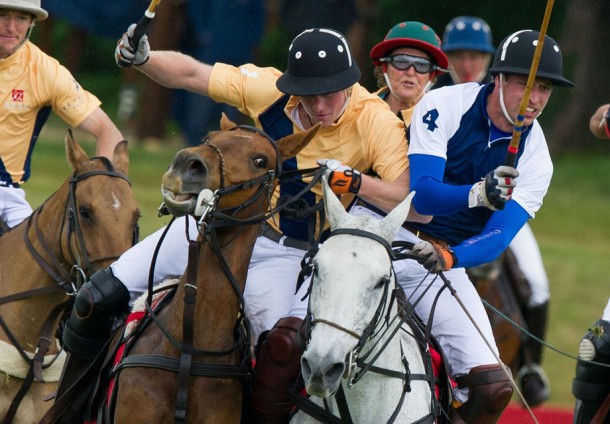
Button-downed shirt collars weren’t always there for the looks. Back in the day polo players had the arduous task of trying to hook their opponent’s mallet whilst getting a face full of flapping collar to impede their view. Their intuitive DIY solution was to sew buttons onto the shirt to keep the collar down during play. Brooks Brothers, the oldest men’s clothier in the United States spotted this unique look and brought it over to their homeland where it became the definitive style trend that it is today.
#2 A Chemist Invented The Waterproof Jacket
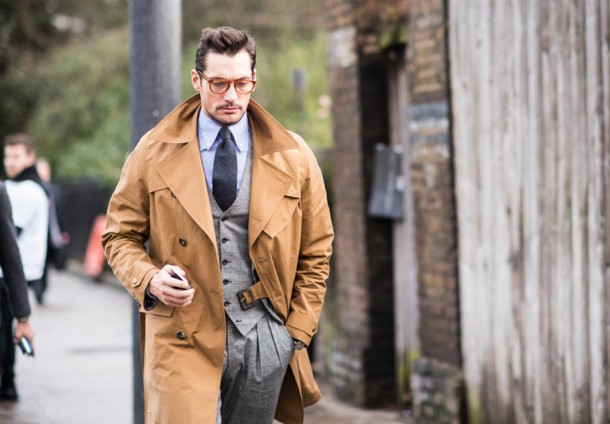
The humble Mackintosh coat, also known as an outdoor rain jacket, first appeared in London during 1823. Its creator, a Scottish chemist named Charles Macintosh, weaved two separate fabrics together with the outer having a liquid-rubber compound to produce the world’s first waterproof fabric. Looks like Steve Jobs wasn’t the first person to use the Macintosh moniker to change the world.
#3 French Cuffs Weren’t Invented By The French
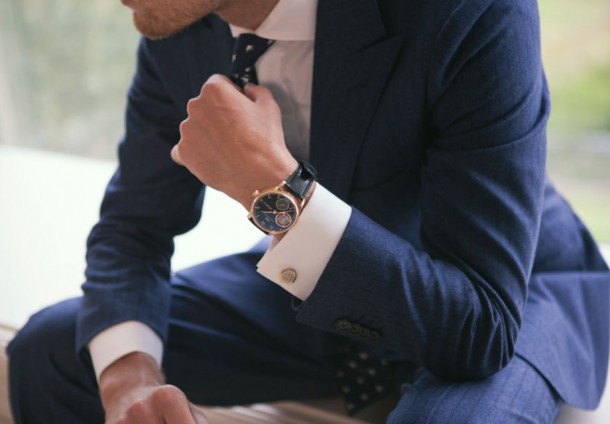
Say what? Oui. French cuffs were actually invented by the British who made their shirts with a row of buttons along the sleeve. This was to enable the everyday gentleman the ability to fasten the cuffs at their desired length with the extra slack folded. This early day style trend made its way through Europe and eventually became the formal standard in men’s fashion we see today.
#4 Pocket Squares Were Once Used For Snot
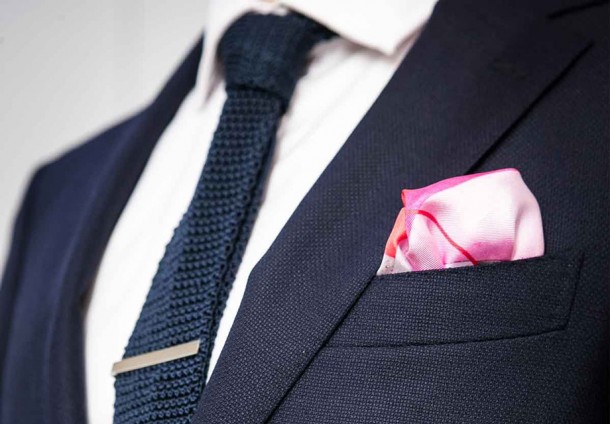
Think of some of the most elaborately designed premium pocket squares that are on the market today. Now imagine them with a decent smearing of snot across them. That’s right, handkerchiefs have been around since the 14th century and they were used back in the day to dry hands or blow noses. More importantly, the handy little white squares of fabric were often carried in the breast pocket of a gentleman – the very first pocket square. The advent of Kleenex would see to it that there’d be no need for this handkerchief anymore, but the fashion world wouldn’t be so easily deterred from the stylish move. Pocket squares in finer cuts were made and the result is what you see today in the wide world of pocket squares.
#5 Soles Of Boat Shoes Were Designed Off Dog Paws
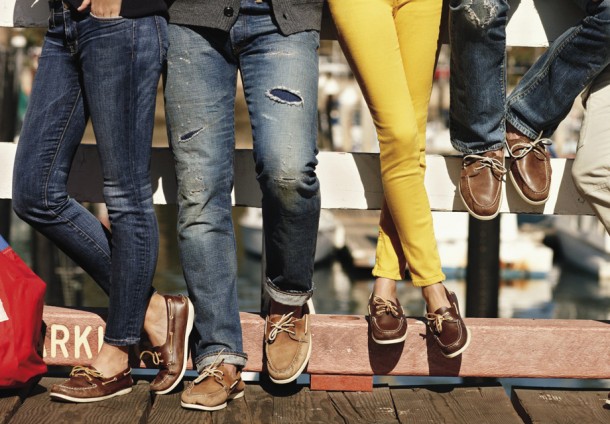
Flip your average boat shoe over and you’ll likely be greeted with a wave-like tread pattern which looks familiar. That’s because sailor and inventor Paul Sperry designed the soles to be this way after observing how his dog navigated over wet surfaces using just its paws. The rest they would say is history.
#6 Brogue Perforations Were Intended To Drain Water
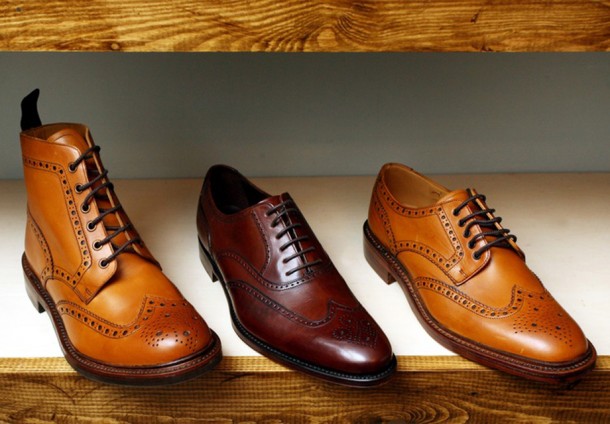
If you’ve ever wandered where the speed hole patterns on your brogues come from then wander no more. Brogues were once used as outdoor shoes in the 1920s as opposed to their now stylish office pedigree. Back then they were used to trudge through the wet grounds and as such, there needed to be actual holes in them to let the water out. Today’s brogues however just borrow the design and use it as a shoe decoration as opposed to drainage.
#7 First Gingham Fabrics Were Striped, Not Checked

The term Gingham is often used to describe a checked pattern in modern fashion and fabric design. First hailing from Indonesia, Gingham fabric was actually produced in a striped pattern and not the checked one we know and are accustomed to today. The name itself comes from the Malaysian term ‘Genggang’, which means ‘striped’. The British saw this and decided to make their own version with the existing checked pattern becoming the standard you see today.
